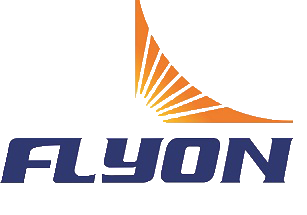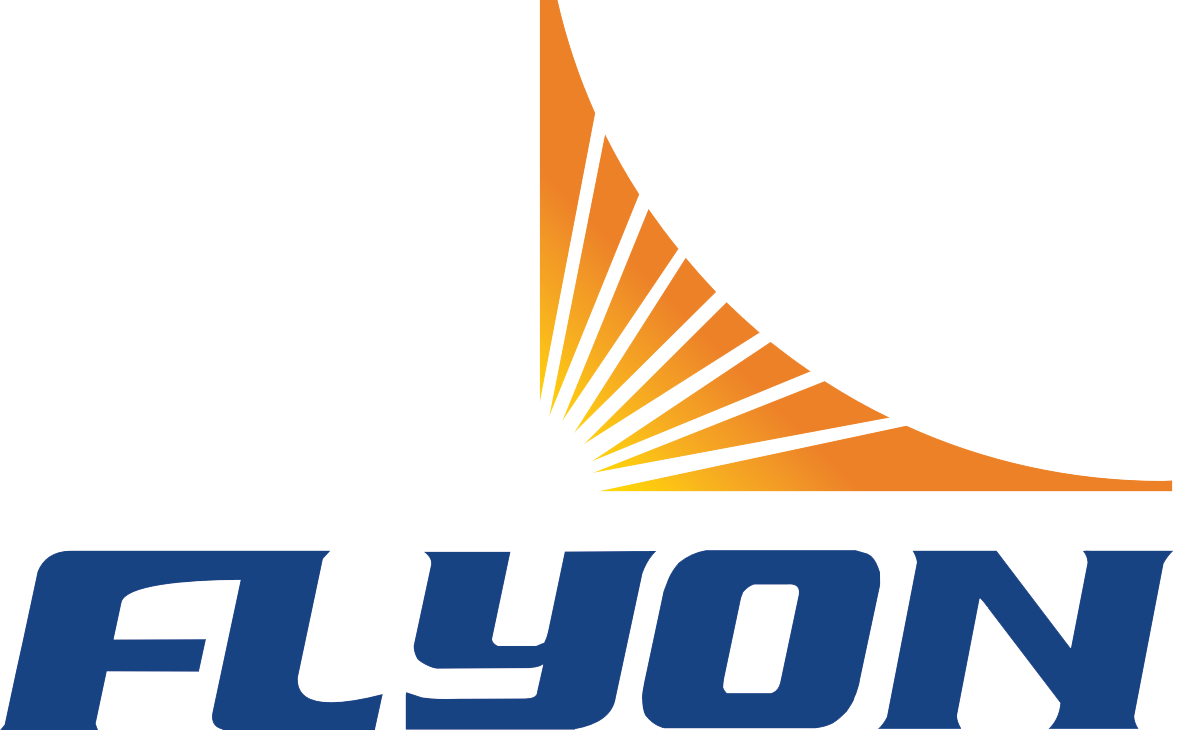Evolution of Stadium Seating in Global Sports
From Concrete Bleachers to Modular Designs
Stadium seating has undergone a significant transformation over the years, evolving from basic concrete bleachers into sophisticated modular designs. Historically, spectators endured hard, uncomfortable seats with minimal amenities, reflecting the utilitarian nature of early sports venues. However, as expectations for comfort increased, modern stadiums began incorporating modular seating systems. These systems provide enhanced flexibility, allowing for configurations that can be tailored to specific events' needs. Such modular designs have revolutionized the spectator experience by offering features like padded seats, armrests, and ample legroom, making attending events much more pleasurable. The shift towards these advanced designs ensures that stadiums are more accommodating and versatile, able to support a wide range of sporting events, including multi-purpose usages like track and field competitions.
Integration with Multi-Sport Facilities (Running Tracks & Field Events)
The integration of running tracks and field event spaces has become a hallmark of modern stadiums, allowing them to cater to a broader array of sports. Modern designs consider the spectator experience by optimizing seating arrangements to offer excellent views of both running tracks and field events. This strategic layout ensures that no matter the sport, spectators enjoy an unobstructed view. Designing multi-sport facilities requires careful attention to crowd flow and accessibility, factors that are essential to ensuring all attendees have a seamless experience. Additionally, the use of flexible seating designs facilitates adaptations for large-scale events like championships, which often attract vast audiences. This adaptability is key to maintaining a high standard of spectator experience, providing all guests with the comfort and access they need to enjoy a diverse range of sporting events.
Key Applications in Major Sporting Events
FIFA World Cup: Scalable Seating for Global Audiences
The FIFA World Cup demands scalable seating solutions to cater to the enormous influx of international fans, making it a global spectacle. Typically, host venues implement both permanent and temporary seating arrangements. This dual approach accommodates varying attendance levels, which often fluctuate depending on the match's significance. Innovative design features, such as tiered seating and movable sections, are pivotal in enhancing audience engagement by guaranteeing optimal visibility from every angle, ensuring an immersive experience for spectators. Statistics show that matches with higher competitive stakes witness greater attendance, thus necessitating seating flexibility to maintain a vibrant atmosphere throughout the tournament. These dynamic seating solutions are vital, as they balance the need for large capacities while ensuring fan engagement and satisfaction regardless of the event's scale.
Olympic Stadiums: Adaptive Configurations for Track & Field
Olympic stadiums epitomize adaptive seating configurations that cater to both track and field events, emphasizing the need for optimal sightlines across diverse sporting disciplines. The flexibility inherent in these seating designs not only facilitates a seamless transition between sports but also ensures that spectators enjoy uninterrupted views of the athletes' performances. For instance, strategically elevated seating and the incorporation of modern amenities enhance the spectator experience significantly. Moreover, data from past Olympic events indicate that well-executed seating strategies contribute to higher viewer satisfaction levels and overall success of the events. This adaptability is essential in accommodating the vast array of sports, delivering an inclusive and engaging experience for visitors from across the globe.
Youth Track Meets: Community-Focused Seating Solutions
Youth track meets play a crucial role in fostering community engagement, necessitating affordable and accessible seating arrangements that cater to local families and spectators. Community-focused seating solutions are designed to promote inclusivity, ensuring that families, friends, and supporters can comfortably gather to cheer on youth track teams and individuals. Prioritizing safety and maintenance is critical, as it guarantees that the seating remains child-friendly and easy to navigate, further encouraging the attendance of young children and their families. Such thoughtful design not only supports the development of local sports but also strengthens the sense of community pride and involvement in youth athletic events.
Innovations Enhancing Fan Engagement
AI-Optimized Sightlines for Immersive Views
AI technology is revolutionizing the way we experience live sporting events by optimizing seating layouts for better sightlines. By leveraging data analytics, venues can anticipate optimum seating arrangements tailored to match the dynamics of different event types and audience demographics. This groundbreaking approach significantly elevates the fan experience, ensuring that every seat offers an immersive and impactful view, making the event not just a game, but an unforgettable experience. According to insights from Samsung for Business, the integration of AI into stadium technology is redefining the fan journey and enhancing overall enjoyment at sporting events.
Dynamic Pricing Models for Premium Seating Zones
Dynamic pricing models have become a cornerstone in the sports industry, especially for premium seating areas where demand is highest. These models enable venues to adjust ticket prices in real time, based on demand fluctuations, thereby maximizing revenue while maintaining accessibility for fans. Analytics reveal that this strategy leads to a noticeable increase in average ticket sales, particularly during high-profile events. As highlighted by Jacob Feldman, a sports business reporter, the approach of pairing with ticket brokers helps to not only increase revenue but also provide expert support in managing these pricing strategies effectively.
Mobile Integration: Seat Upgrades & Concession Delivery
Mobile technology is transforming the spectator experience by allowing fans to conveniently upgrade seating and order concessions from the comfort of their seats, thereby streamlining the overall event experience. This integration meets the modern expectations of convenience and accessibility, appealing particularly to tech-savvy audiences who prioritize ease in event attendance. Data-driven insights support the positive impact of these innovations, showing increased satisfaction and repeat visits to venues that adopt such technology. As noted in the reference content, Samsung’s deployment of digital solutions in stadiums has successfully enhanced the venue experience through smoother e-commerce and efficient food service options.
Safety and Sustainability Breakthroughs
Crowd Flow Engineering Near Track Club Entrances
Effective crowd flow engineering is essential for managing large audiences entering track club areas, ensuring both safety and efficiency. This involves meticulously planning how spectators move in and out of these venues to prevent bottlenecks and congestion, especially during peak times. By applying principles of crowd management, such as strategic entrance placements and signage, event organizers can significantly enhance the spectator experience. Research indicates that well-engineered entry points contribute highly to overall event safety and satisfaction. Implementing these strategies helps to streamline pedestrian traffic, thereby minimizing the risk of accidents and disturbances.
Recycled Materials in Modern Stadium Benches
The incorporation of recycled materials into the construction of stadium benches underscores a strong commitment to sustainability within modern sports facilities. This innovative approach not only reduces the environmental impact of sports arenas but also resonates deeply with eco-conscious fans who prioritize green initiatives. By utilizing materials that minimize waste and promote recycling, these facilities can enhance brand loyalty among supporters who value sustainability. Studies have shown that implementing sustainability-focused strategies can positively improve perceptions of sports venues, subsequently boosting attendance rates and fan engagement.
Accessibility Standards for Diverse Spectators
Adhering to accessibility standards is vital for ensuring stadiums are inclusive for all spectators, including those with disabilities. Innovations in design focus on creating seating arrangements that cater to a diverse audience, which is crucial for increasing attendance and fostering community inclusion. These improvements often involve wheelchair-accessible seating, assistive listening devices, and other accommodations designed to make all fans feel welcome. Statistics reveal that accessible venues generally attract higher visitor rates, demonstrating the importance of providing an inclusive environment that supports diversity and equality.
Table of Contents
-
Evolution of Stadium Seating in Global Sports
- From Concrete Bleachers to Modular Designs
- Integration with Multi-Sport Facilities (Running Tracks & Field Events)
- Key Applications in Major Sporting Events
- FIFA World Cup: Scalable Seating for Global Audiences
- Olympic Stadiums: Adaptive Configurations for Track & Field
- Youth Track Meets: Community-Focused Seating Solutions
- Innovations Enhancing Fan Engagement
- AI-Optimized Sightlines for Immersive Views
- Dynamic Pricing Models for Premium Seating Zones
- Mobile Integration: Seat Upgrades & Concession Delivery
- Safety and Sustainability Breakthroughs
- Crowd Flow Engineering Near Track Club Entrances
- Recycled Materials in Modern Stadium Benches
- Accessibility Standards for Diverse Spectators
 EN
EN
 AR
AR
 FR
FR
 PT
PT
 RU
RU
 ES
ES
 BG
BG
 HR
HR
 CS
CS
 DA
DA
 NL
NL
 FI
FI
 DE
DE
 EL
EL
 HI
HI
 IT
IT
 JA
JA
 KO
KO
 NO
NO
 PL
PL
 RO
RO
 SV
SV
 CA
CA
 TL
TL
 ID
ID
 SR
SR
 SK
SK
 UK
UK
 VI
VI
 HU
HU
 TH
TH
 TR
TR
 MS
MS
 AZ
AZ
 KA
KA
 BN
BN
 LO
LO
 MN
MN
 MY
MY
 UZ
UZ


